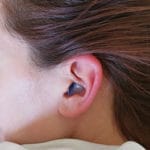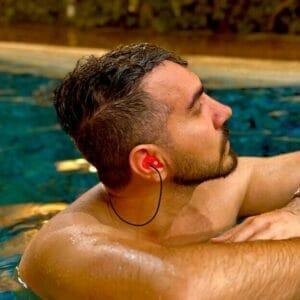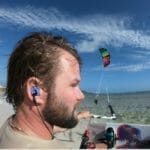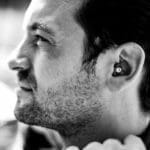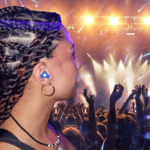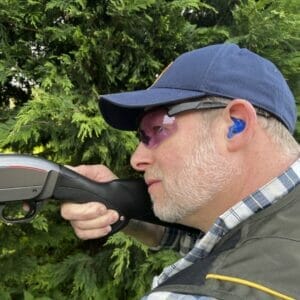When we think of hearing loss, an image of elderly people spring to mind. It is natural over the years for our hearing to diminish – which is known as age-related hearing loss – necessitating use of hearing aids and talking loudly when catching up with your parents or grandparents. However, there is a growing rise in the number of young people suffering with hearing loss due to exposure to loud noise. According to the World Health Organisation, in 2022 over 1 billion people aged 12 to 35 years were at risk*. This has the potential to impact on their mental and physical health, education, and employment prospects. When it comes to our ears, taking a proactive approach to protect them from an early age is vital, as once they’re damaged and you have hearing loss, there is no way of getting it back. Sounds dramatic, but true.
Noise and our ears – Be mindful of three Ds to get every child an A
We expose our ears daily to noise and there are three factors which impact on whether we damage them in the process:
- Decibel (dB) level – this is a measure of how loud the sound is
- Duration – the length of time exposed to the noise
- Distance – how close we are to the sound
As a parent or educator, it is important to know how these three factors can impact on a young person’s ear health and ensure noise-induced hearing loss (NIHL), which is partial deafness, is prevented. Once experiencing NIHL, children can struggle to communicate, hear their teachers, and may feel isolated from their friends, impacting on their childhood and future years.
Decibel level – how loud is loud
Sound is measured in units called decibels (dB); the louder the dB rating, the greater damage it can cause to your hearing.

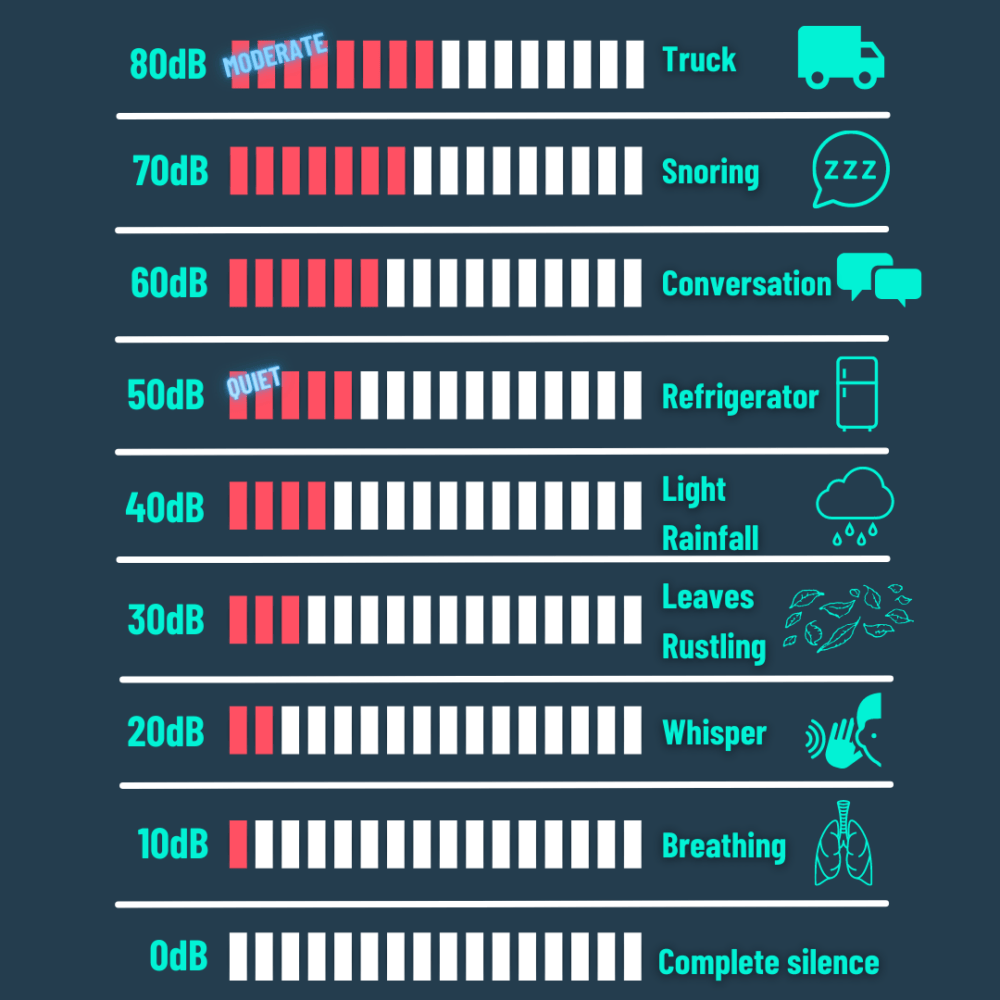
In the modern educational environment, children are using devices more and more. These often do not have volume limiters. Headphones for instance on the highest volume produce sound around 100dB, way above the safety threshold.
Time – the length of time exposed to noise
The length of time exposed to a certain decibel level of noise will impact on the likelihood for damage. Anything below 70dB is considered safe with no limit to the exposure time. However, once you get louder, this changes:
- 85dB – safe exposure time of a few hours
- 100dB – around 14 minutes
- 110dB – 2 minutes only
So, educating yourself on how loud a certain noise is, and how long exposure can be for, is vitally important.
Distance – how close you are to the sound
A sound gets louder as you move closer to the source and softer as you move away from it. If you are far away from the sound, the risk of damage to your hearing is much lower. If you are at a music concert, being next to the stage will put your ears at greater risk. It may seem worth it at the time to share the experience with friends (great for social media!), but your ears will not be happy if doing so unprotected.
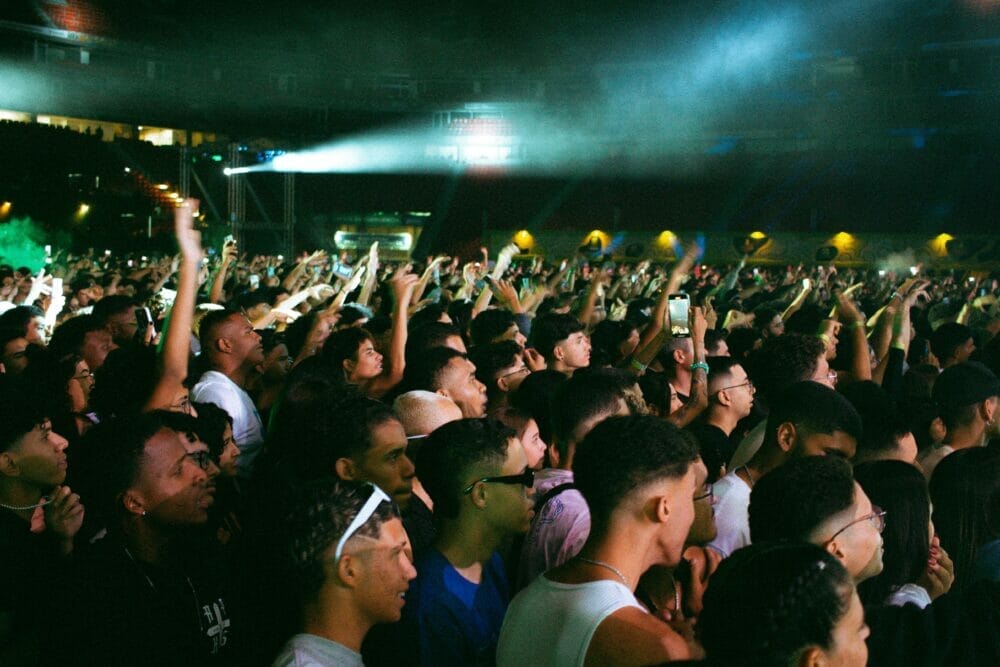
What action to take
Now you know a little more about noise, here are some steps you can take to help ensure children’s ears are protected.
- Limit exposure times. Although it is tempting to allow your children to pop their earphones in and plug into their device so you can have a bit of quiet time, make sure to limit their exposure time and control the volume

2. Move away from loud noise
3.Wear earplugs in noisier situations
If for instance your child is learning to play a musical instrument at school, be sure to provide them with filtered earplugs. Much like shinpads and a mouth guard for playing sports, their ears need to be protected whilst in this educational environment.
SnugsShield (Music) are our custom fit hearing protection with attenuated filters which allow the user to hear the sound without any muffling or distortion. They reduce the damaging noise levels to a safer volume, and the custom fit ensures they can be worn in comfort for many hours

4. Use custom moulds on their earphones
As mentioned, headphones are a source of hearing damage as the sound is not limited and are often used for many hours. By using a custom earphone tip on say their AirPods, this will provide passive noise isolation which means the sound can be heard clearer – and in this case, they will want to lower the volume as the music sounds so much louder! As soon as the volume is reduced, so is the risk for hearing damage. You can view the range of earphones we make custom moulds for here.
So, to conclude, being aware of how noisy the environment is, and taking steps to ensure young person’s ears are protected can ensure longevity of their hearing. As lead singer of Coldplay Chris Martin has said “looking after your ears is unfortunately something you don’t think about until there’s a problem”; by being proactive, an educated parent will ensure their best for their child’s health. Prevention always trumps cure.
References
World Health Organisation, 2022 – https://www.who.int/news/item/02-03-2022-who-releases-new-standard-to-tackle-rising-threat-of-hearing-loss



